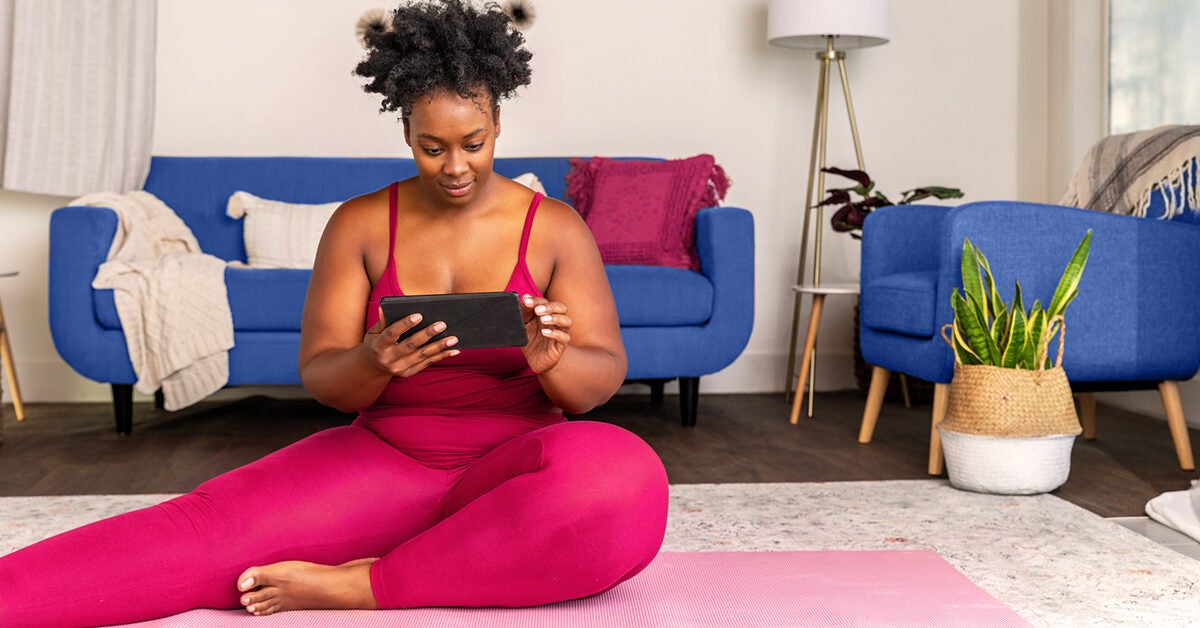

It goes without saying that getting fit for your own well-being is both an extremely worthwhile and an excruciating endeavor. On one hand, you know exercise holds a slew of benefits, even unexpected ones. On the other hand, sweating sucks and you want to eat what you want. What to do?
I was faced with this precise conundrum when I launched my journey toward better fitness. It was the waning years of my twenties, and I’d begun to put on weight fast, so I was motivated to take action and make some changes.
My early attempts were unsuccessful, to say the least. But with a bit of experimentation, I found that taking three simple, low pressure approaches revolutionized my fitness endeavors.
The first time I went for a run, I told myself I’d do a mile, but I didn’t get anywhere near that. It was a truly dismal display, verging on shameful. As a result, I felt terrible about myself and decided to avoid future failures by avoiding running altogether. Problem solved.
Eventually I tried again, but this time I made an adjustment. Instead of setting some arbitrary goal that would almost certainly come with added pressure, I simply ran for as long as I could. The next day, I hit the treadmill again, this time with the intention of running for 20 seconds longer than I had the day before. After around 10 days of these incremental gains, my 3 minutes of running had doubled. Two weeks later, it had doubled again.
Forget about forcing yourself to run for a mile or for 30 minutes. Just do whatever you’re capable of doing, and then push yourself just a little farther the next time. Build progressively.
My earliest trips to the gym were kind of embarrassing. I had this idea that I’d go in, throw a couple of 45-pound plates on the bar, and press away. Buff bod, here I come.
Instead, I grunted and struggled through a few sets of the lamest-looking bench presses you’ve ever seen. My form was nonexistent, I could barely get the bar back on the rack, and I generally had more potential to hurt myself than to get stronger.
This went on for some weeks, and it wasn’t until a friend suggested I significantly dial down the weight that I started to experience any real growth.
Instead of thinking about what you should be lifting, start with what you can lift. Weightlifting is all about progressive overloads, which means you start small and increase the weight over time.
Don’t get ahead of yourself. This is your process, not anyone else’s. Focus on getting the correct form down and developing some foundational strength, and then build up from there.
When I made my first forays into fitness, I took the stereotypically dramatic step of throwing out all my junk food and replacing it with vegetables. By the next day, I was eating chips. Within a week I was back to nothing but frozen pizza and Doritos.
The problem with these attempts at cold-turkey crash diets is that they have too much of a whiplash effect on your lifestyle. One craving sends you to the corner store for some Oreos, and the dam bursts. The next thing you know, a week has passed and you’ve sustained yourself entirely on Bugles and ice cream bars.
Phasing out foods you don’t want while phasing in some alternatives is the way to go. Start by incorporating at least one nutrient-rich meal per day, and trade your regular snacks in for healthier options gradually instead of all at once.
Use a calorie tracking app to get an idea of how much you’re actually eating. You might find that some of your individual meals contain enough calories for an entire day. If that’s the case, don’t slam on the brakes. Ease up on the throttle by cutting out 100 calories per meal or a few hundred per day.
When it comes to fitness, building a workable routine is about acknowledging where you are and then gradually working to extend your threshold in a way that makes sense for your body. Making major, abrupt changes might seem like the fastest route to success, but without a clear and sustainable plan, you’re just putting unnecessary pressure on yourself to meet unrealistic expectations.
You don’t climb a mountain by starting at the top, but it gets closer with each step.
Nick Hilden is a travel, fitness, arts, and fiction writer whose work has appeared in the Los Angeles Times, Men’s Health, Thrillist, Vice, and more. You can follow his travels and connect with him via Instagram or Twitter.